Taking into account the specifics of agriculture
According to Mr. Tran Dai Nghia, climate finance expert of the Food and Agriculture Organization of the United Nations (FAO) Vietnam, our country needs a new approach in policy making if we want green capital for agriculture to become a reality.
The specificity of the agricultural sector is that more than 90% of producers are small farmers, cooperatives and micro-enterprises. These groups often lack collateral, lack documentation and have difficulty meeting green criteria. If policies are designed without taking this into account, the majority of producers will continue to be left out.
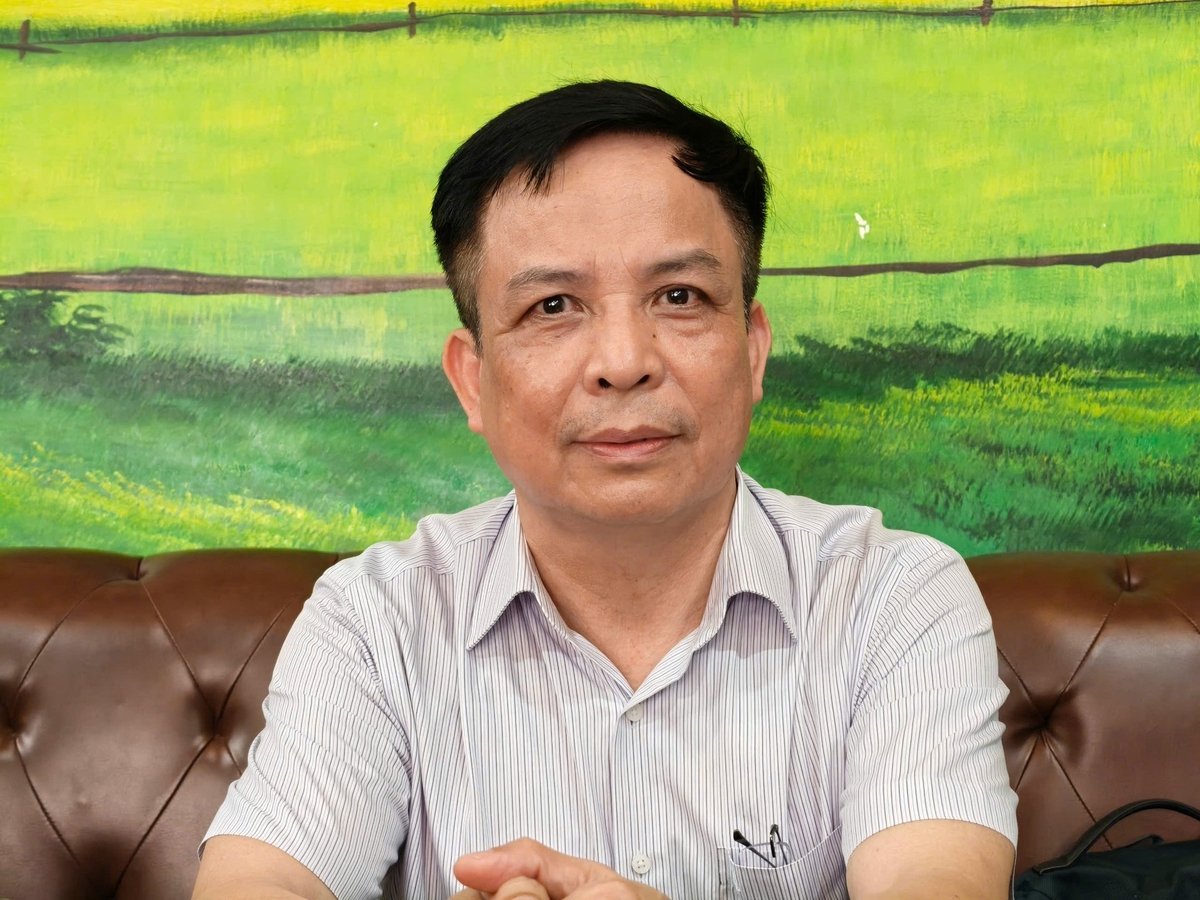
Mr. Tran Dai Nghia, FAO Vietnam expert. Photo: Ba Thang.
An urgent need is to soon complete a set of “green” criteria for agriculture and the environment. In many countries, standards developed by international organizations such as the Climate Bonds Initiative have created a foundation for issuing green bonds for agriculture, helping investors trust that their capital flows truly bring environmental benefits.
Experiences from Thailand, Indonesia and the African Development Bank show that when transparency criteria are met, the green bond market for agriculture can expand very quickly. These models are considered suitable for Vietnam to refer to in the process of perfecting the legal framework.
Another lesson comes from the European Bank for Reconstruction and Development (EBRD), where green bonds have been successfully allocated to smallholder farmers and small businesses in the agricultural sector – a group considered to be high-risk. The success of the EBRD shows that with strict monitoring mechanisms, clear environmental impact assessment processes and transparent reporting systems, green capital can absolutely reach small entities while still ensuring financial security.
In Vietnam, new green bonds are mainly focused on the renewable energy sector. Some large enterprises have tested issuance, bringing initial experience to the market, but agriculture is still a big gap. Therefore, Mr. Nghia believes that to open up capital flows, it is necessary to develop many tools in parallel: preferential credit, risk guarantees, public-private investment and climate insurance. These tools not only help banks reduce concerns about bad debt, but also create a "safety net" for borrowers when facing epidemics, natural disasters or fluctuations in agricultural product prices.
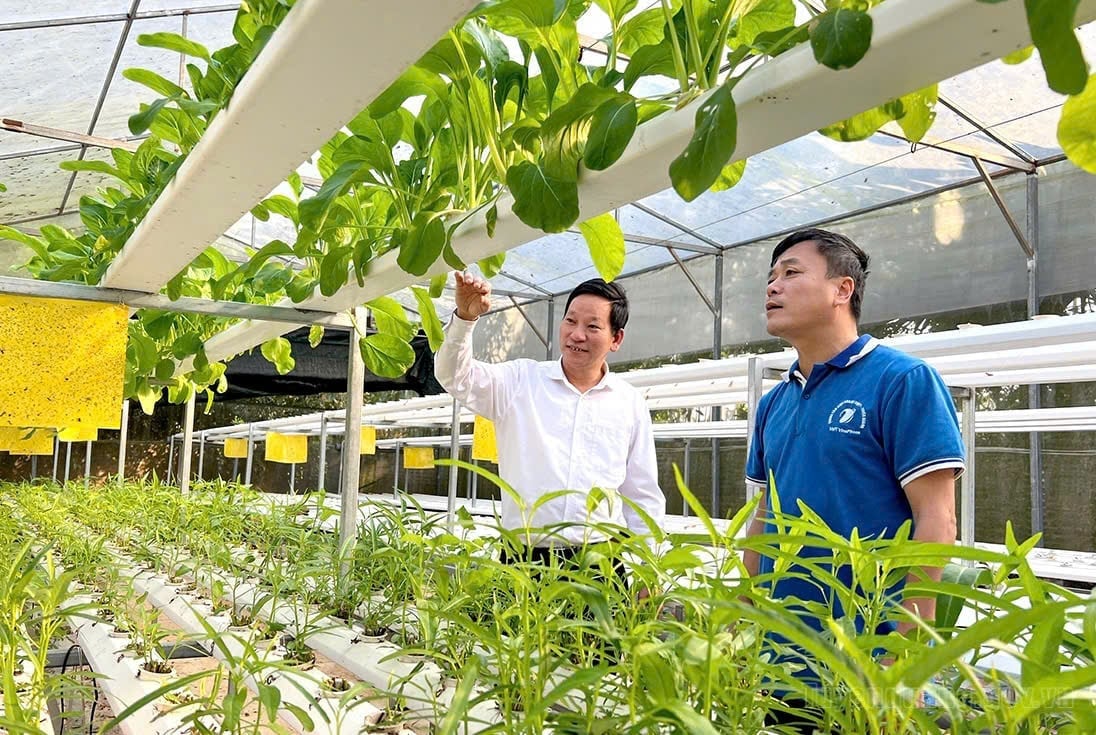
Hydroponic vegetable growing model, using many technologies to save input materials in Tuyen Quang . Photo: Dieu Linh.
Establish a monitoring mechanism to avoid "greenwashing"
One of the feasible solutions emphasized by FAO experts is the “focal point” model in credit granting. Instead of working with hundreds of farming households, banks only need to appraise a cooperative or enterprise that stands up to borrow, then allocate capital to farmers through a linkage contract. This mechanism helps reduce monitoring costs, increase the ability to control green standards and create trust between parties. In fact, many places have shown the effectiveness of this model in improving the capacity to access capital of small production groups.
However, green finance cannot develop without a monitoring mechanism to prevent “greenwashing”. In many European countries, the environmental impact assessment process is integrated into the disbursement process. Green bond proceeds are managed through separate accounts, with periodic impact reports and independent audits. This is an important experience for Vietnam to avoid the risk of “greenwashing” projects to access capital without creating real environmental benefits.
The final point is to create a space for dialogue between three groups: policy makers, banks and businesses. When all parties sit together, the problem will no longer be a lack of capital, but rather capital not reaching the right place. Therefore, multi-stakeholder forums, if organized, will help to clearly define responsibilities. The State completes the legal framework, banks design products suitable for agricultural characteristics, and businesses and producers demonstrate the actual impact of the project.
Source: https://nongnghiepmoitruong.vn/khoi-thong-dong-chay-tai-chinh-xanh-vao-nong-nghiep-d785200.html



![[Photo] Close-up of heavy damage at the school located on the banks of the Ban Thach River](/_next/image?url=https%3A%2F%2Fvphoto.vietnam.vn%2Fthumb%2F1200x675%2Fvietnam%2Fresource%2FIMAGE%2F2025%2F11%2F26%2F1764152130492_ndo_bl_img-8188-8805-jpg.webp&w=3840&q=75)
![[Photo] VinUni students' emotions are sublimated with "Homeland in the Heart: The Concert Film"](/_next/image?url=https%3A%2F%2Fvphoto.vietnam.vn%2Fthumb%2F1200x675%2Fvietnam%2Fresource%2FIMAGE%2F2025%2F11%2F26%2F1764174931822_10-3878-jpg.webp&w=3840&q=75)





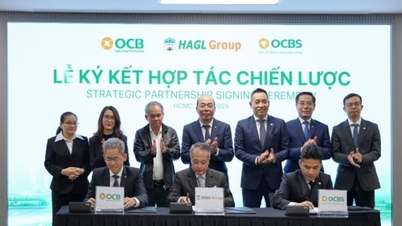

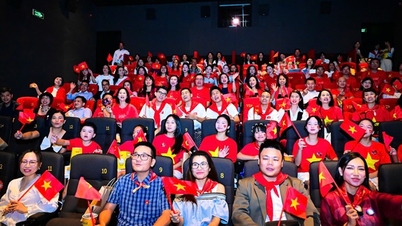








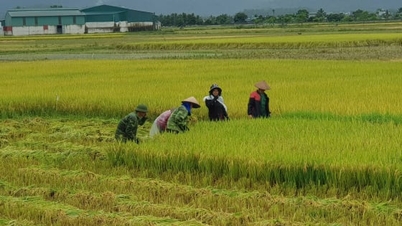
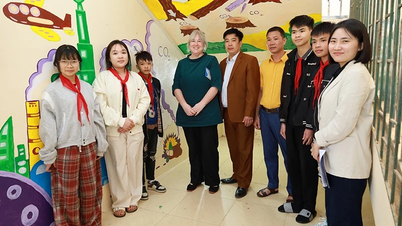









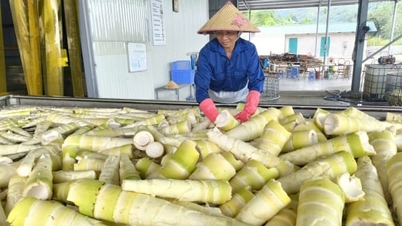



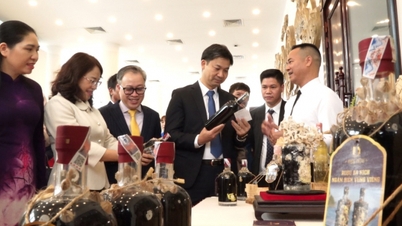




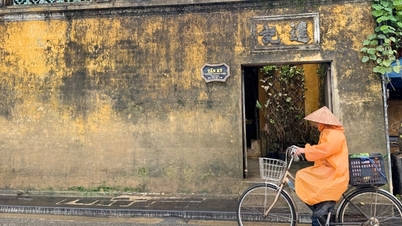


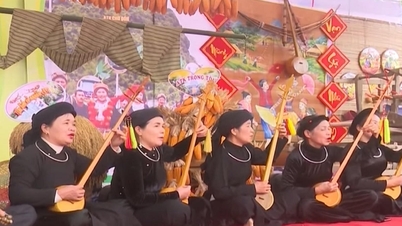

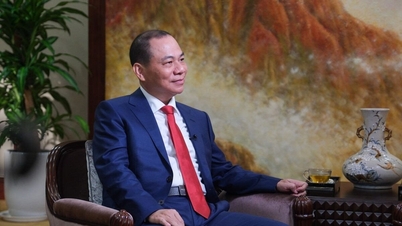





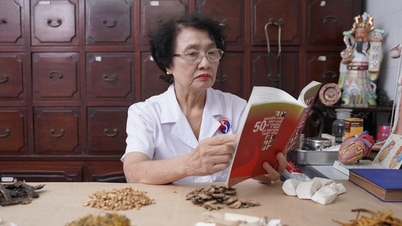

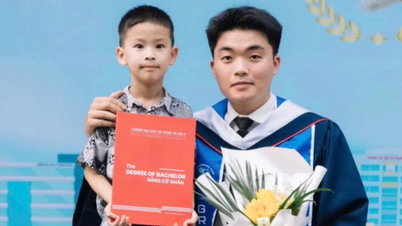

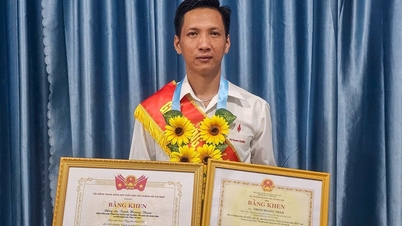




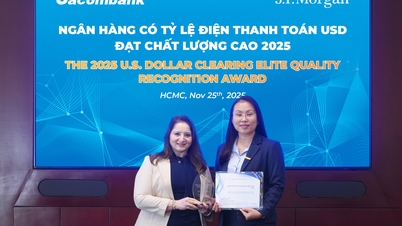

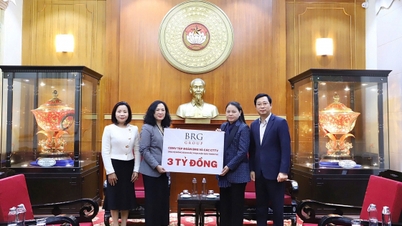







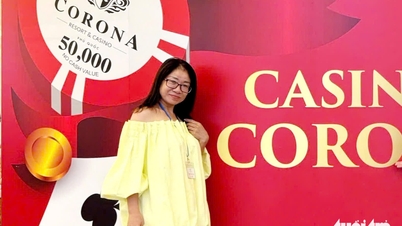



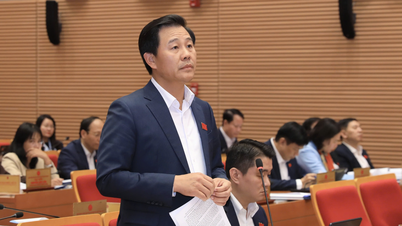
![[Photo] Opening of the 28th Session of the Hanoi People's Council](https://vphoto.vietnam.vn/thumb/402x226/vietnam/resource/IMAGE/2025/11/26/1764155991133_image.jpeg)



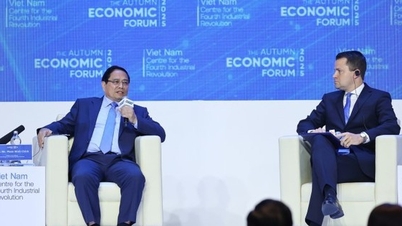







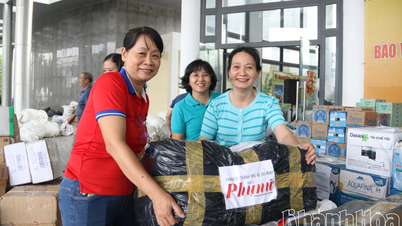



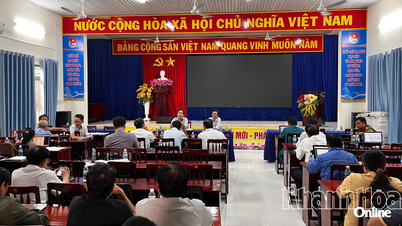
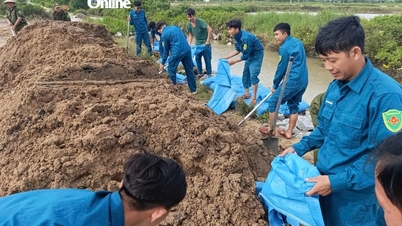










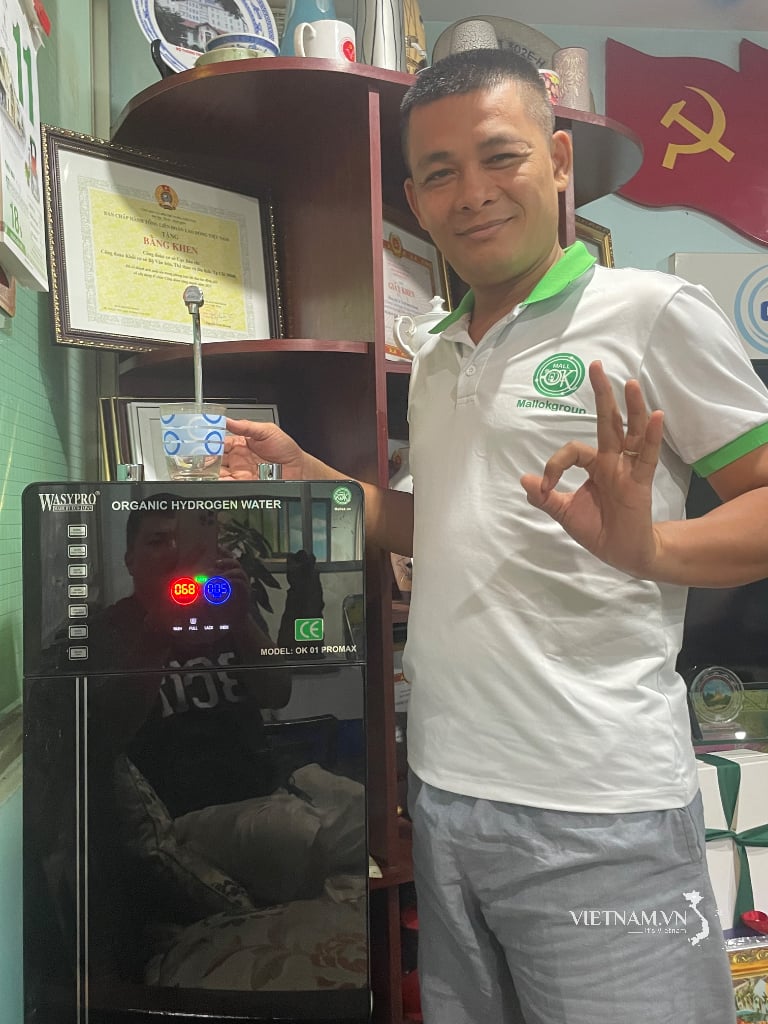
Comment (0)